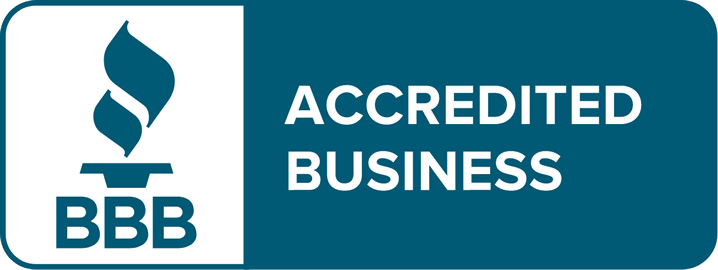IRS LEVY
If you have received or have been threatened that you will receive an IRS levy, you know that you are facing a serious situation. The first step toward a resolution is to understand the situation better. Here you can learn what an IRS tax levy is, why it happens and what can be done to get it taken care of.
WHAT IS AN IRS TAX LEVY?
An IRS tax levy is, in its most basic terms, a seizure of your assets to satisfy a tax debt. It is a powerful and intimidating method that the IRS uses when a business owes back taxes. If you know that your business owes back taxes to the IRS, you are at a high risk for an IRS-issued levy.
WHY DID THIS HAPPEN?
IRS tax levies happen as a result of past-due or unpaid taxes. In the beginning, you will receive a series of collection notices in the mail. After a certain amount of time, if you do not have an official resolution in place, the IRS will move on to more aggressive tactics, including issuing a tax levy.
HOW DOES THE TAX LEVY PROCESS WORK?
Typically, the first tax levies that are sent out by the IRS are for the business’s bank accounts. When the bank receives the notice, it will immediately freeze the funds in the account for the IRS. Each bank has a different policy regarding whether or not the account can be used again. At the very least, the bank will withdraw the levied amount and prepare to send it to the IRS.
Next the IRS will demand that the bank holds the funds for 21 days before sending the seized amount. These funds could be for your company payroll, rent, vendors, or any other various business expenses you may have.
Your account receivables can also be levied, meaning the IRS demands that your receivables make payments to them first. We don’t need to tell you how alarming that can be to any business trying to stay afloat today.
At this point in the collection process, the IRS doesn’t care if your business survives or not. This aggressive technique is intended to get your attention and to force you to make a decision about what you’re going to do about your business’s tax debt.
WHAT CAN YOU DO?
This process can be agonizing, but there is hope. Whether you’re facing the threat of a levy, or you’ve just found out that your business is going to be levied, it’s important to develop a solid plan and work quickly.
As previously mentioned, banks are required to hold the funds for 21 days. In this limited window of opportunity, a resolution can be negotiated that may allow you to get a portion or even all of the levied funds back. This may require that you take the case to the IRS Office of Appeals or negotiate an installment agreement with whoever issued the levy at the IRS.
If you haven’t been issued a levy but you know that it is a possibility, you should be thinking about what strategies are necessary to keep the tax levy from moving forward. You can learn more about stopping a tax levy by downloading our free guide.
If a tax levy is already in place, there are countless case-specific strategies to keep in mind, and each of them probably requires consultation from a tax professional.
If you have been issued a levy, you’ll want to know more about getting an IRS tax levy released.
You need peace of mind. Resolving this issue should be a top priority. Time is limited, and the future of your business is on the line.
Speak with a tax expert about your IRS tax levy situation and your options.


